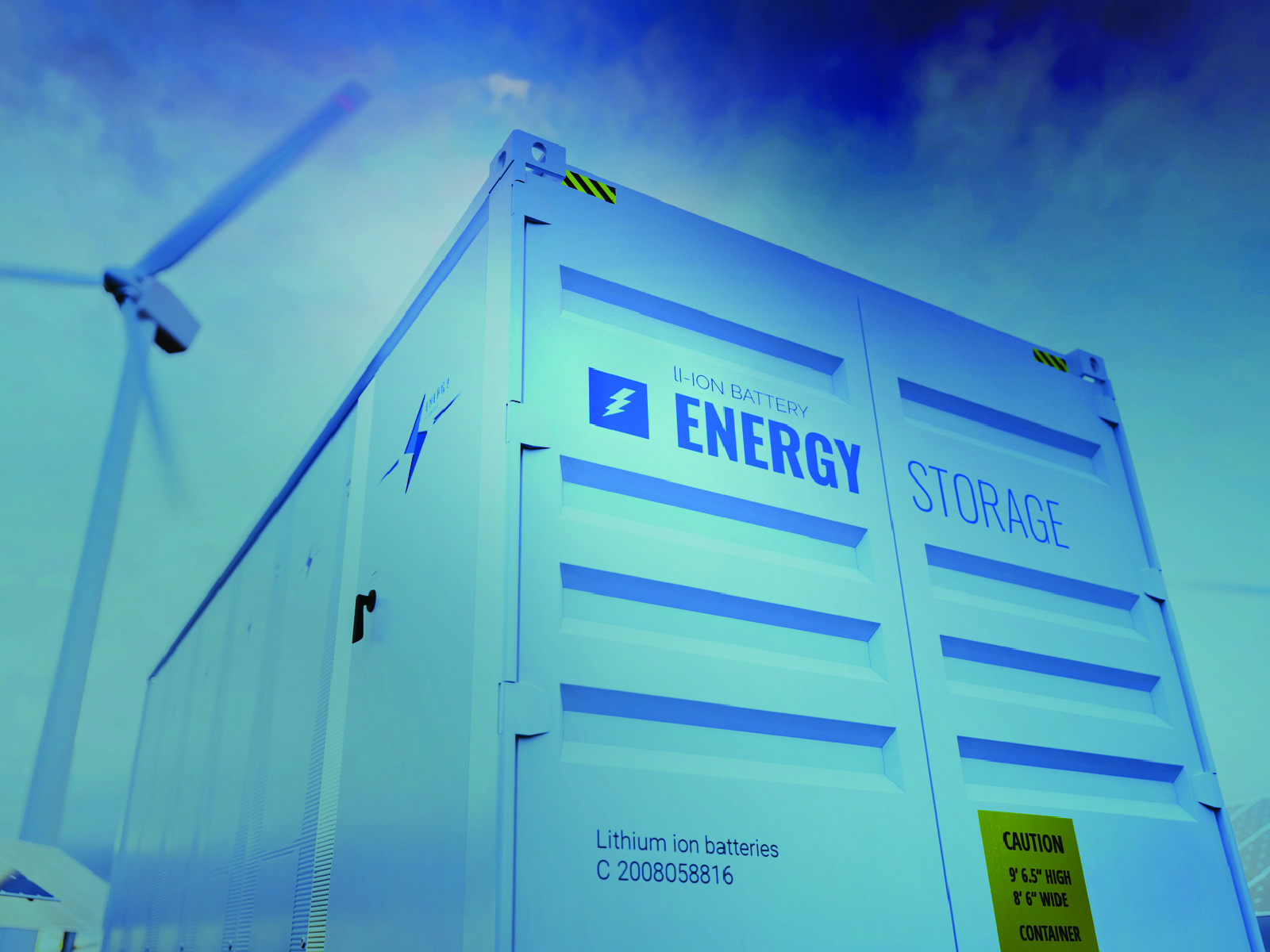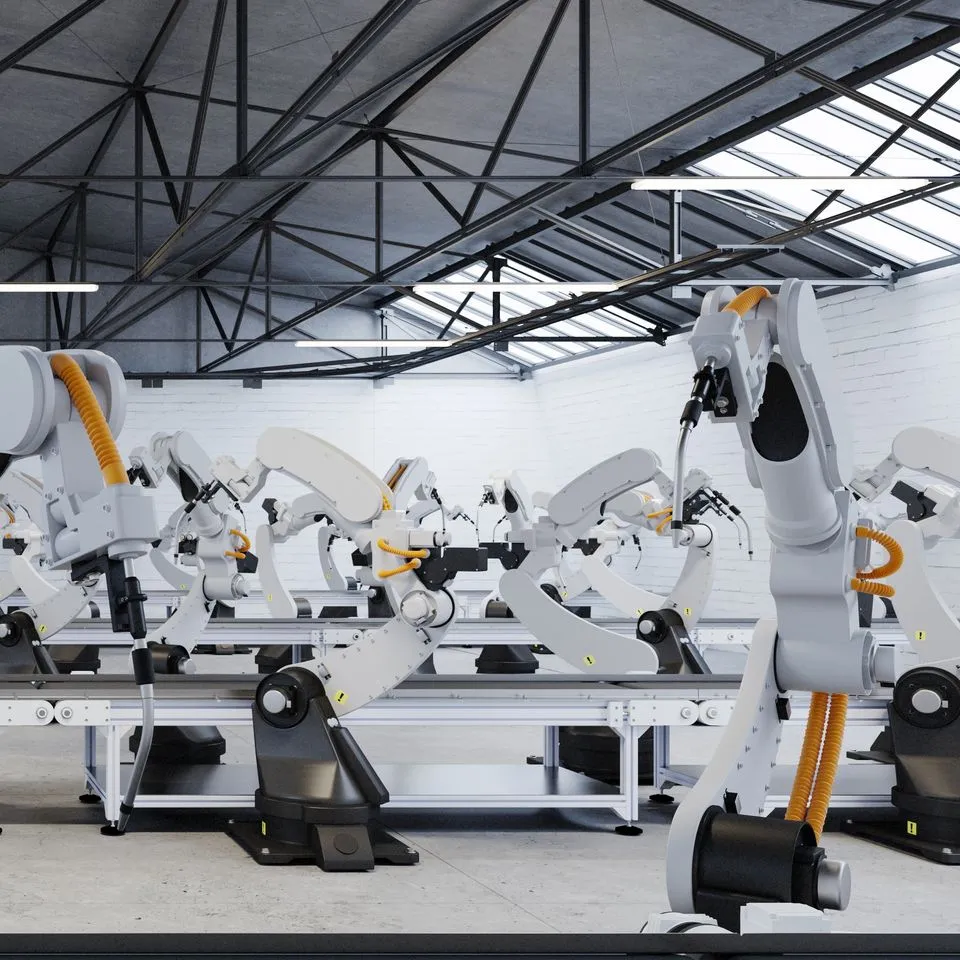Microgrids Explained:Top 10 Frequently Asked Questions
This is an excerpt from the “Microgrids Explained: Top 10 Frequently Asked Questions” eBook. For access to the full eBook, including information on the benefits and value of microgrids, the technologies commonly used in microgrids, and the steps to implement a microgrid, please download the eBook here.
Introduction
Microgrids represent a transformative approach in energy management, offering a localized and efficient solution for electricity generation, distribution, and control. As the energy landscape shifts from one of centralized energy production (consumer) and distribution to decentralized production and distribution (prosumer), these self-sufficient energy networks operate either in tandem with the main electrical grid or independently, harnessing a mix of traditional and renewable energy sources.
For commercial and industrial facilities, microgrids are increasingly vital due to their ability to ensure reliable, cost-effective, and sustainable power supply. By mitigating risks associated with grid outages and enabling more efficient energy usage, microgrids not only bolster operational continuity but also aid in reducing environmental impact and energy costs. This makes them an essential component in the strategic planning of energy resources for businesses seeking resilience in their operations and a reduced carbon footprint in line with evolving environmental standards.
Here are some of the most pressing questions we hear about microgrids – and how a microgrid can offer your company a competitive advantage in the future energy landscape.
What is a microgrid? How does a microgrid work?
A microgrid is a localized group of electricity sources and loads that can operate autonomously or in conjunction with the main electrical grid. It typically includes various distributed energy resources (DERs) such as solar panels, batteries, and combined heat and power systems. Microgrids can also include controllable loads, energy storage, and advanced control systems.
Microgrids use a combination of power sources, such as solar panels and battery energy storage systems, to generate and store electricity locally. Advanced energy control management systems manage the flow of energy, allowing the microgrid to operate independently or connect to the main grid as needed.
How can microgrids be used in commercial and industrial industries?
Microgrids offer versatility in commercial and industrial businesses by providing customized and resilient energy solutions tailored to specific needs. Microgrids can demonstrate versatility in several ways with energy resilience and reliability, peak load management, combined heat and power (CHP) systems, energy storage integration, grid independence for remote facilities, grid support services, energy efficiency and demand-side management, scalability for industrial facilities, environmental compliance, integration with smart technologies, and financial benefits.
Implementing a microgrid in commercial and industrial settings requires a comprehensive analysis of energy needs, site-specific considerations, and compliance with regulations. Collaborating with energy experts and consulting engineers can help design and deploy a versatile microgrid solution that aligns with the unique requirements of commercial and industrial businesses.
Flexible Energy Supply and Demand
A microgrid consists of three key components: (1) loads, such as facilities, plants, and buildings; (2) distributed energy resources, for example solar, wind, and generators, that can be operated in a controlled, coordinated way; and (3) a control system that intelligently integrates, manages and optimizes the operation of the microgrid. The result is reliable, resilient energy with the flexibility you need for energy independence.


How do microgrids and EaaS work together?
Microgrids and Energy as a Service (EaaS) work together seamlessly to provide businesses with comprehensive and sustainable energy solutions. EaaS is a method of financing that offers businesses a turnkey and comprehensive energy solution. Energy as a Service allows a business to pay fixed, period payments for energy over the term of a contract – 10, 15, 20 years or more – instead of having to make expensive capital investments upfront. Payments cover energy generation, storage, and automated energy management.
In the context of a microgrid, an EaaS provider will design, implement, and operate the microgrid infrastructure on behalf of your business. This can include installation and management of renewable energy sources such as solar panels, energy storage systems, and advanced control systems. The EaaS provider takes on the responsibility of overseeing the efficient operations, monitoring and maintenance of the microgrid so your company can focus on its business.
How can I get started with microgrid implementation?
To start the journey of implementing a microgrid, it’s always helpful to begin by defining your objectives, whether they are focused on energy resilience, cost savings, or sustainability goals. If you don’t have specific targets yet, analyzing your facilities’ current energy consumption is a great place to start.
Begin by examining your electric bills – a detailed analysis of your current consumption and costs can provide invaluable insights. Analyzing historical energy consumption data and utility bills will help you understand usage patterns and costs. A comprehensive assessment serves as a foundation for informed decision-making and the development of a tailored plan to optimize energy usage and enhance overall efficiency within your business facility.
If you need help with analyzing your facility’s electric bills, we’re here to help. Contact us at sustainability@hal.hitachi.com and let’s have a conversation about how microgrids can help your company achieve its energy resiliency goals.
This is an excerpt from the “Microgrids Explained: Top 10 Frequently Asked Questions” eBook. For access to the full eBook, including information on the benefits and value of microgrids, the technologies commonly used in microgrids, and the steps to implement a microgrid, please download the eBook here.
The future grid will need to accommodate growing supply volatility from intermittent resources and quickly-evolving fuel infrastructures, as well as increased demand-side functionality with distributed energy resources and the electrification of transportation, buildings, and industry. These trends will create significant new opportunities for technologies that decouple legacy dependencies and increase grid flexibility.
Sign up for our newsletter delivered directly to your inbox.
* Required Field
Learn more about Hitachi energy solutions
For further information on how Hitachi’s energy solutions can help commercial and industrial companies with resilient, reliable, and flexible solutions, contact us.
Contact Us
* Required Field



